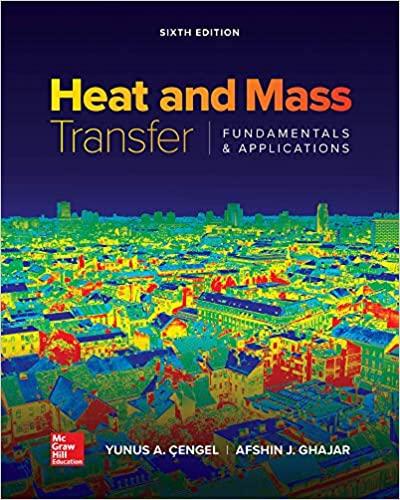Question
=-1.15K(J)/(m)ol C. The quoted value of Delta G_(alpha ->beta )=G_(beta )-G_(alpha )=-1.43k(J)/(m)ol corresponds to alpha -D-glucose ending in a state of 100%beta -D-glucose, meaning
=-1.15K(J)/(m)ol\ C. The quoted value of
\\\\Delta G_(\\\\alpha ->\\\\beta )=G_(\\\\beta )-G_(\\\\alpha )=-1.43k(J)/(m)olcorresponds to
\\\\alpha -D-glucose ending in a state of
100%\\\\beta -D-glucose, meaning
G_(initial )=G_(\\\\alpha )while the
G_(final )=G_(\\\\beta ). If instead only a fraction
xends up as
\\\\beta -D-glucose while the rest
(1-x)ends as
\\\\alpha -D-glucose then
G_(final )=xG_(\\\\beta )+(1-x)G_(\\\\alpha ).\ Use this to find
\\\\Delta Gif, starting with
100%\\\\alpha -D-glucose only
(1)/(5)of it ends up as the
\\\\beta -Dform.\ 2\ Let's analyze the possibility of equilibrium in this process. For the general case where only a fraction
xof the
\\\\beta -D-glucose ends in solution, determine the change
\\\\Delta G_(\\\\alpha ->\\\\beta )(x)in Gibbs free energy. Pick a few
xvalues and plot the function.\ According to your plot, for what fraction
xwould the Gibbs free energy reach its smallest value?\ D. We have missed something in this analysis. As more
\\\\beta -D-glucose is converted, a different type of entropy change becomes crucial: the entropy of mixing. You derived an expression for this entropy change in Written Homework 4 (for the mixing of two gases, but the result applies equally here): as the
\\\\alpha -D-glucose and the
\\\\beta -D-glucose mix the entropy of the system increases by\
\\\\Delta S_(mix )=-Nk_(B)xlnx-Nk_(B)ylny\ where
xis the fraction of
\\\\beta -D-glucose and
ythe fraction of
\\\\alpha -D-glucose in the solution (they add up to 1). Recall that the total number of particles here is
N=N_(A)as we are handling quantities "per mol".\ Determine an improved expression for the "total" Gibbs free energy change
\\\\Delta G_(total )by adding the contribution due to this change in entropy to the
\\\\Delta G_(\\\\alpha ->\\\\beta )(x)you found before (Hints: Recall that entropy contributes to
Gby the term - TS. Also, make sure all terms have the same units!).

Step by Step Solution
There are 3 Steps involved in it
Step: 1

Get Instant Access to Expert-Tailored Solutions
See step-by-step solutions with expert insights and AI powered tools for academic success
Step: 2

Step: 3

Ace Your Homework with AI
Get the answers you need in no time with our AI-driven, step-by-step assistance
Get Started


